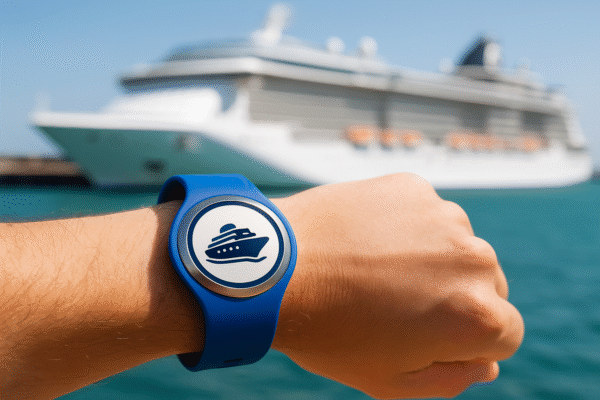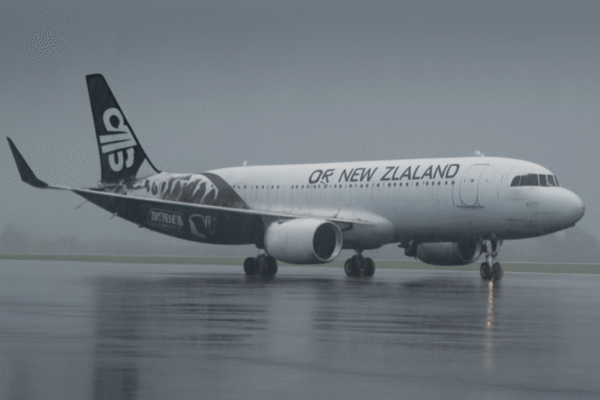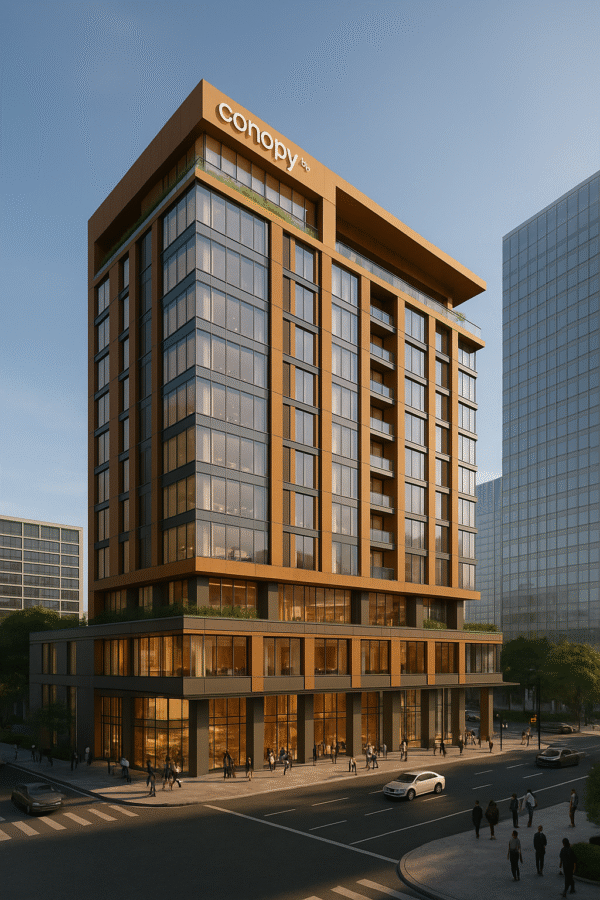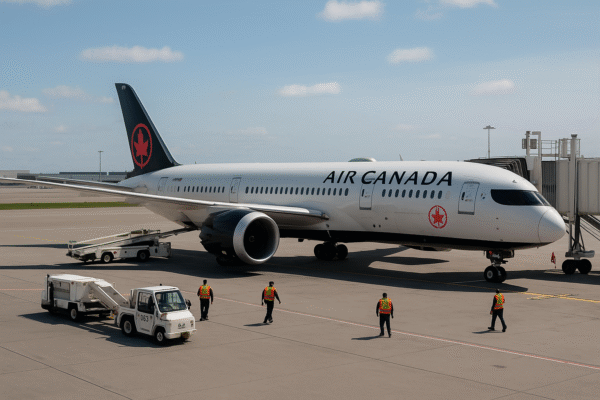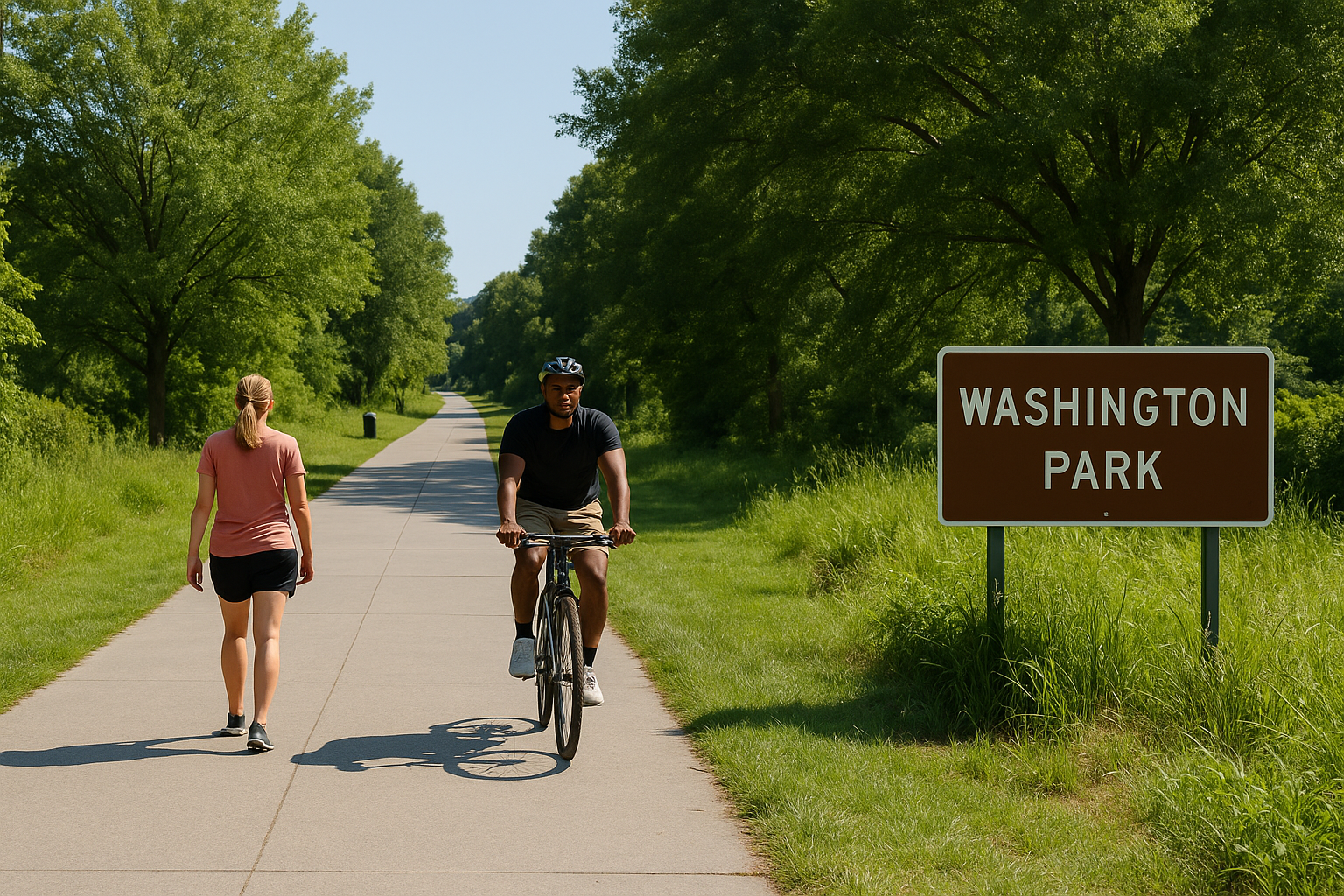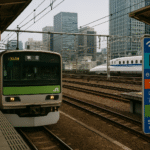Atlanta Marks Historic Milestone With 6.7-Mile Westside Trail Expansion, Advancing BeltLine Vision for a Walkable City
Atlanta has taken a monumental step toward becoming one of the most pedestrian- and cyclist-friendly cities in the U.S. with the official completion of the Westside Trail Segment 4. The new stretch, unveiled in a ceremony led by Mayor Andre Dickens alongside leaders from Atlanta BeltLine, Inc. (ABI), community organizations, and local government, connects 6.7 miles of continuous trail, making it the longest uninterrupted segment of the BeltLine to date.
This ribbon-cutting marks a historic achievement for the $5 billion Atlanta BeltLine initiative, which aims to transform disused railway corridors into a vibrant, multi-use network that unites the city’s neighborhoods through walking, cycling, and public art. The Westside Trail Segment 4—running from University Avenue in southwest Atlanta to Huff Road in northwest Atlanta—offers city residents new freedom of movement across parks, cultural sites, and residential communities.
Connecting Communities: A Path Toward 22-Mile Urban Mobility
Segment 4 adds 1.3 new miles of trail, extending from the previous terminus at Lena Street north to Law Street. It integrates seamlessly with both the Westside Trail Segment 3 and the Westside BeltLine Connector, creating an unbroken route from the city’s southwest neighborhoods to its industrial and creative districts in the northwest. This development pushes the mainline BeltLine trail to 12.6 miles, supported by an additional 10.3 miles of neighborhood connector trails.
Ultimately, the BeltLine is expected to span a 22-mile loop around Atlanta by 2030, threading through 45 neighborhoods and incorporating public art, transit, affordable housing, and greenspaces. The citywide vision prioritizes equity, accessibility, and inclusive economic growth.
Spotlight on Washington Park: A Legacy of Resilience
Anchoring this latest segment is Washington Park—Atlanta’s first park specifically created for the African American community during the era of segregation. Established with a pool, tennis courts, pavilions, and a dance hall, the park served as a crucial space for recreation and cultural gathering when segregation limited Black access to public amenities.
The surrounding Washington Park neighborhood grew in prominence during the early 20th century, especially after the Great Atlanta Fire of 1917. It became one of Atlanta’s first planned Black suburbs, spearheaded by African American real estate entrepreneur Heman E. Underwood Perry. Today, homes and institutions in the area reflect the enduring legacy of Black architects, builders, and community leaders.
In tribute to its importance, a new historical marker was unveiled at the park’s entrance during the trail opening. The marker was jointly revealed by Clyde Higgs, CEO of Atlanta BeltLine, Inc., Councilmember Byron Amos, and Christi Jackson, Chair of The Conservancy at Historic Washington Park. The signage honors the neighborhood’s historic significance and its role in Atlanta’s social fabric.
Smart Design Meets Safety and Sustainability
Segment 4 of the Westside Trail has been meticulously engineered with community accessibility and sustainability in mind. The 14-foot-wide concrete path features three-foot soft shoulders on both sides, LED lighting, stainless steel handrails, and security cameras. These elements ensure user safety for cyclists, runners, and walkers during both day and night.
The project also includes extensive green infrastructure to manage stormwater runoff and reduce the environmental impact of converting former industrial sites. Ramps and stair connections to neighboring streets make the trail accessible to people of all abilities and ages, reflecting the BeltLine’s core mission of inclusivity.
Funding the Future: Public and Philanthropic Collaboration
The construction of Westside Trail Segment 4 is the result of robust partnerships among city and county governments, philanthropic donors, and private contractors. Major funding came from the BeltLine Tax Allocation District, with financial support from the City of Atlanta, Atlanta Public Schools, and Fulton County. These public investments were further supplemented by contributions from the BeltLine Special Service District.
Key philanthropic partners include the Robert W. Woodruff Foundation and The James M. Cox Foundation. Their support has been pivotal in accelerating the BeltLine’s progress and ensuring long-term sustainability. The development also involved coordination with the Atlanta Regional Commission, the Georgia Department of Transportation, and the Department of Parks and Recreation.
The BeltLine’s Broader Impact: A Catalyst for Urban Revitalization
More than just a path for pedestrians, the Atlanta BeltLine is serving as a powerful catalyst for urban revitalization. Already, areas surrounding the trail have seen rising interest in residential and commercial development. Retail spaces, mixed-use complexes, and new housing projects are cropping up along the corridor, promising new economic opportunities and neighborhood enhancements.
This expansion also supports the city’s broader goals of reducing carbon emissions, improving public health, and enhancing mobility. By offering alternative modes of transportation and connecting key employment and cultural zones, the BeltLine stands as a model for inclusive, future-ready urban planning.
Looking Ahead: A Vision in Motion
As the city edges closer to completing the full 22-mile BeltLine loop by the end of the decade, the completion of Westside Trail Segment 4 symbolizes more than a physical connection—it reflects Atlanta’s commitment to sustainability, inclusivity, and community development.
Residents and visitors alike can now enjoy 6.7 miles of uninterrupted travel on foot or bicycle through some of the city’s most culturally rich neighborhoods. With each new mile laid, Atlanta strengthens its identity as a connected, walkable, and community-forward city—a city where history, innovation, and mobility converge.
For more travel news like this, keep reading Global Travel Wire


